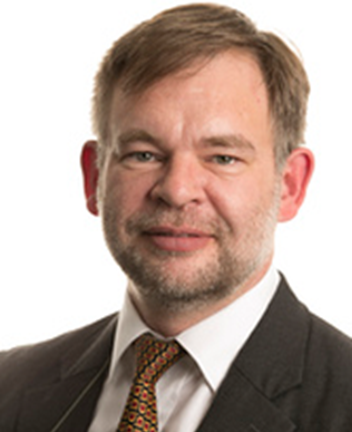This project will integrate thermo-electric heat scavengers and attendant heat management systems into a single-piece, high thermal conductivity, structural part made of nano-structured Copper (free of toxic Beryllium). This will allow optimum energy harvesting from the waste heat of hot fluids. Single-piece manufacture will enable improved safety through vastly improved leak-tightness and structural integrity of the installation with minimised space usage. Copper is a relatively abundant metal, ideal for heat management applications due to its high thermal conductivity. However, bulk copper is too weak at temperature to provide structural strength. The ultimate strength of a material comes from the chemical bonds that hold it together. Like a zip fastener, it is hard to pull the zip apart (break the bonds) all at once. However, materials have very small defects (“dislocations”), which can move easily through the material, sequentially breaking individual bonds (like a zip unfastening) to generate permanent deformation (plasticity). Thus, bulk materials are generally very much weaker than their theoretical strength. Industrial trial and error has found that introducing different atom sizes, particles, grain boundaries and plastic work, can all increase the strength of a material. Even test-size affects the measured material response; “smaller is stronger”. Recent research has found a way to combine these effects to predict the strength of crystalline materials. ‘Strength is driven by length’; the average distance between different constraints on dislocation source size and motion. A ten-fold increase in strength can be achieved by engineering nano-scale lengths into materials. This project will utilise and contribute to a Joint facility established by QMUL and CU with the aim to develop an electro-chemical deposition process to deposit multiple (or single) materials, with a controlled local composition and nano-length-scale. This process will allow tuning and spatial variation of both elastic and plastic local properties in a single-piece part. Nano-structuring of the part will generate the increases in the strength of materials necessary to allow simple, high thermal conductivity elements (e.g. Cu) to be used as structural materials in pipes and manifolds handling fluids at elevated temperatures. Multi-phase designs will enable retention of strength at high temperatures. Current energy harvesting relies on retrofitting of parts, where mounting and heat management are achieved by the joining of multiple parts with attendant inefficiencies in heat transfer and the risk of leaks at relatively low pressures. In circumstances where energy is being recovered from fuels systems or other flammable liquids this is a severe safety hazard. Manufacture in a high thermal conductivity material, with integrated heat management, and the ability to fit in hotter environments, will greatly improve the thermal efficiency of the energy harvesting system.

No short bio is not available for this team member yet.

Prof Nigel Jennett has a PhD on nano-multilayers from U. Bristol and previously worked for 23y at the UK National Physical Laboratory leading the surfaces, coatings and nano-mechanics research theme. Nigel has over 25 years' experience of coating fabrication, materials characterisation and developing nano-mechanical test methods. Research determining the relationship between measurement length-scale and material properties led to the concepts of combined-length-scale-determined strength and “length-scale engineering.” Inter alia, Nigel chairs the British Standards Institute indentation committee, leads the UK delegation to ISO TC164/SC3 and co-authored the standards for nano-indentation-based test methods. Nigel is an experienced leader of projects (Government, EU and Industry).

Dr Andrew Cobley, Director of the Functional Materials Research Group, worked for over 20 years in commercial research and development at ITRI, BAe Systems, Shipley Ltd and Rohm and Haas. He has developed and patented a number of metallization and pre-treatment processes and installed PCB and MID manufacturing systems at some of the largest electronics companies in Europe. He obtained a PhD in Electrochemistry (2002) from Loughborough University before joining Coventry University in 2006.

Dr Andy Bushby, Queen Mary U. of London, is a leading expert in micro and nano-mechanics and small-scale mechanical property measurement, including: spherical indentation, electromechanical properties of ferroelectric thin films, visco-elastic and composite materials, structure-property relationships in calcified biological tissues and nano-structured crystalline materials. Fundamental research on the origin of mechanical property size effects has led to new understanding of the strength of nano-structured materials. Dr Bushby created and directs Queen Mary’s NanoVision Centre, which encourages cross-disciplinary working in advanced microscopy.